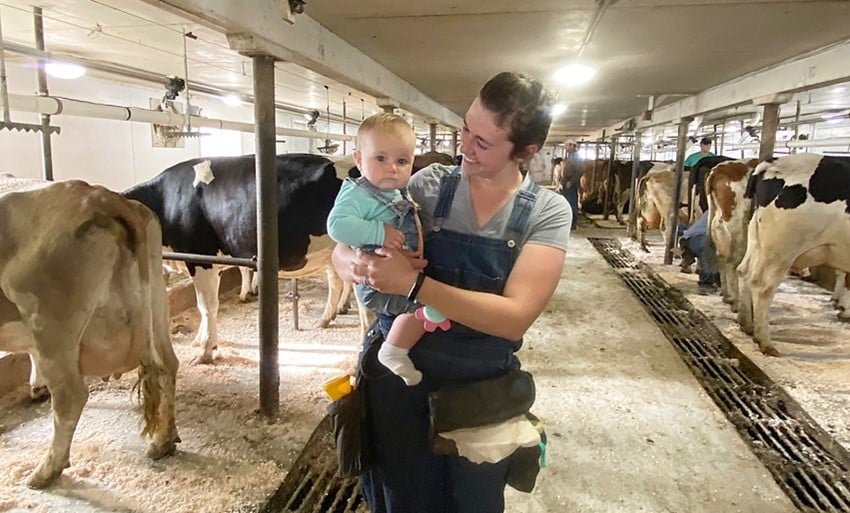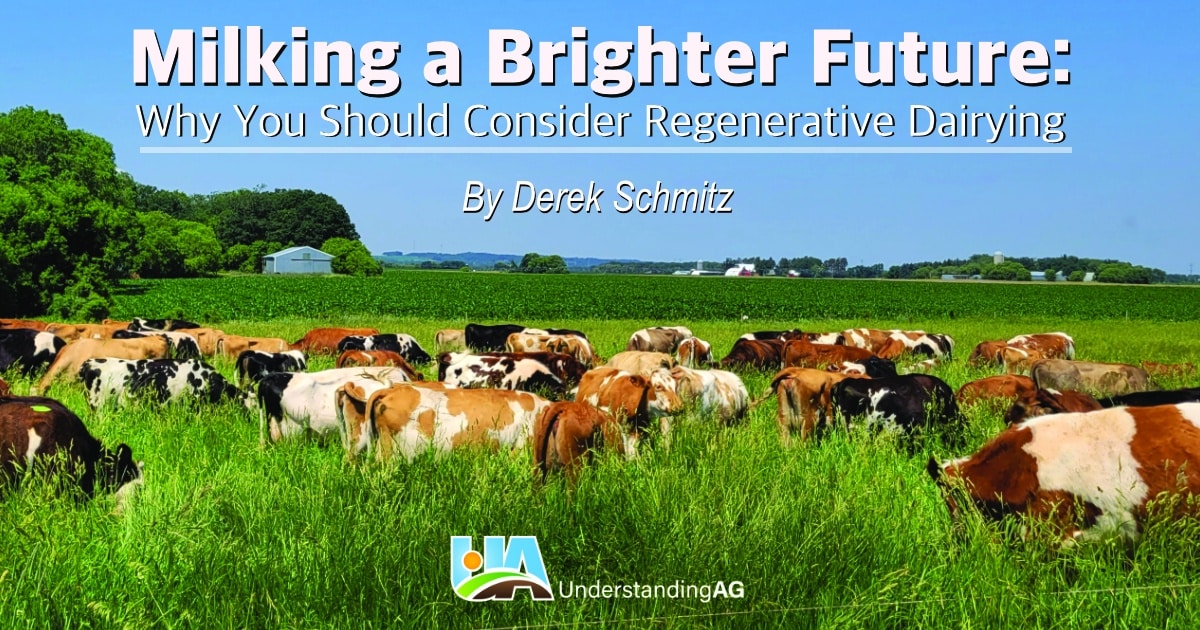
Our path to regenerative dairy management was not a straight line, though that would have made our lives much easier. We are grateful for what this experience has taught us along the way. I am a firm believer that the regenerative path is a journey, and that there is no “regenerative destination.” We will never arrive at a perfect resource, and that is okay, but the changes we have made in a few short years are nothing short of astounding. Here are the top four changes in our operation that have changed our business and our future.
1. Financials
I wish I could say that our journey was perfectly planned from the beginning and that every decision was made after deep discussions and financial planning. Unfortunately, we just had to rip off the band aid and take a leap of faith.
When the feed mill is breathing down your neck because you haven't paid the last concentrate bill and you're calling for another load just so you can maintain that high-herd average, you realize that something needs to change. When we got rid of that bill, it was a huge weight off our shoulders. Don't think that we haven't fed anything from a feed mill since then, because we definitely have, we just make sure we are buying what fits our low-input context. A rule I have adopted is that when I spend money on something like feed or any kind of supplement, I want to see a $5 return for every $1 spent. This doesn't mean I never try anything new or follow that rule perfectly. It just means I have plenty of cushion built in for when something I try doesn't work and it makes me take the time to be intentional with my spending on inputs. Not having the feed mill crutch always there has also improved my grazing, which I will address later in the article.
One of the most refreshing things about our experience has been being able to step off the treadmill of conventional dairying. Today, we don't have nearly as many checks to write out as we once did. The vet, nutritionist, feed mill and “foo-foo dust” salesman bills are few and far between.
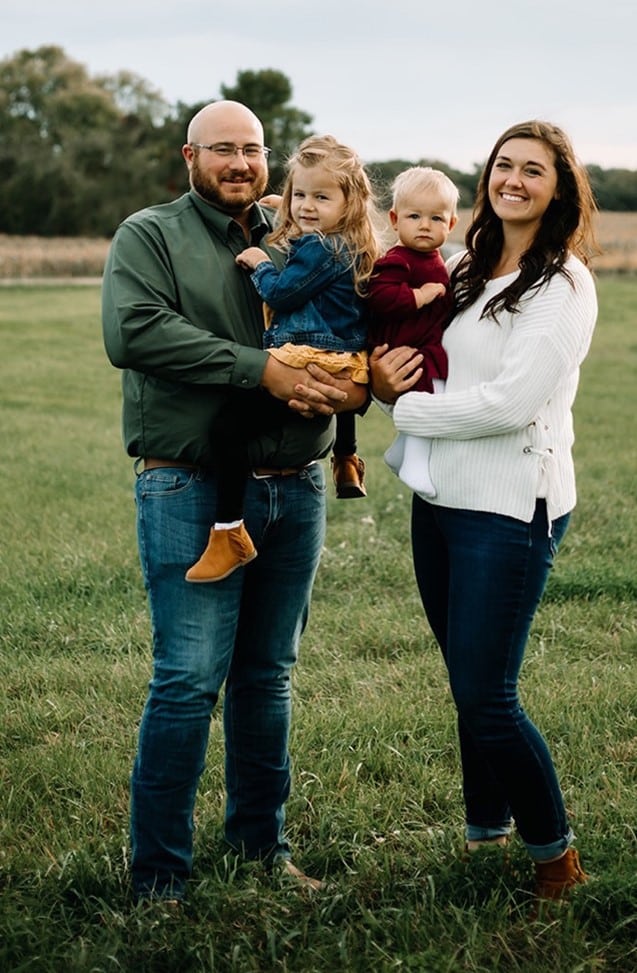
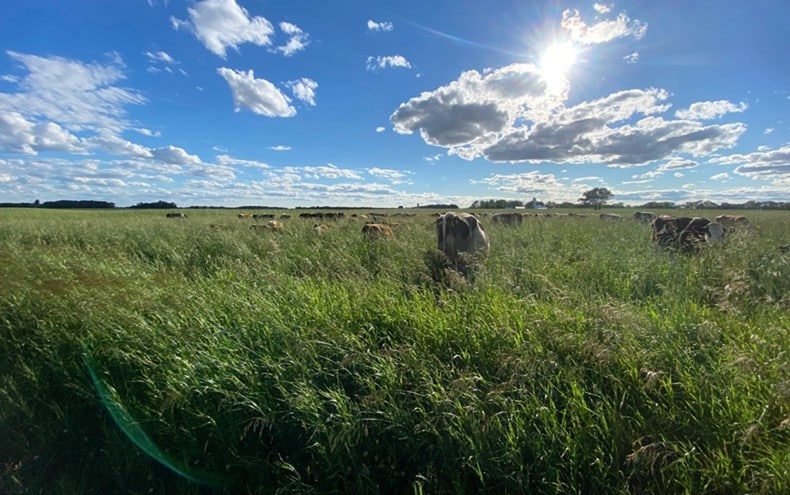
2. Cow Health
Cows fed a high-forage diet of highly diverse feedstuffs that are housed and managed in a low-stress environment are simply more healthy animals. We don’t need expensive dry-cow minerals or copious amounts of calfhood vaccines when we feed and manage cattle in nature’s image. Anyone would agree with me that healthy cattle are much more economical and enjoyable to work with. We were not entirely sure what to expect when we headed down this path regarding cow health, but we have been very happy with the results.
For example, mastitis cases are down over 60%. Now, we only have a few cases a year and most of those go away with minimal intervention, in less than a week. No displaced abomasum’s, no ketosis and only 1% of cows or heifers have needed assistance calving since we started our journey. When we raise calves on their dam or a nanny cow, they’re also much healthier. No more scours, respiratory issues or expensive milk replacers and calf starters with questionable ingredient lists. Why not take that cow with a somatic cell count issue or undesirable udder attachment or bad attitude and let her feed calves? Most cows will gladly do it. There is one week of training and then your calf chores are practically done until that calf is weaned 5-10 months later.
A perfect fat and sassy calf with positive epigenetics, ready to thrive on a high-forage diet, is a pleasure to work with. Promoting positive epigenetics is essential on this journey and will only make your job easier. We have cows that were raised on nanny cows in their third lactation now, and we are still discovering benefits. Above-average body condition, better forage conversion, higher components, a longer and more persistent lactation curve are just a few of the many changes we have seen.
3. Grazing and Management
The switch to adaptive grazing has been very positive for soil, plant and cow health. We used to graze what we thought were longer rotations ranging from 25-32 days. We were constantly plagued with pastures lacking effective fiber resulting in having too much protein which drove up our milk urea nitrogen numbers and negatively influenced cow health. We would seed 15-species blends of grasses, legumes and a forb, and after a few years of these rapid rotations and overgrazing, we would be left with two or three grasses and two legumes. So much for our high-diversity pasture that we seeded initially.
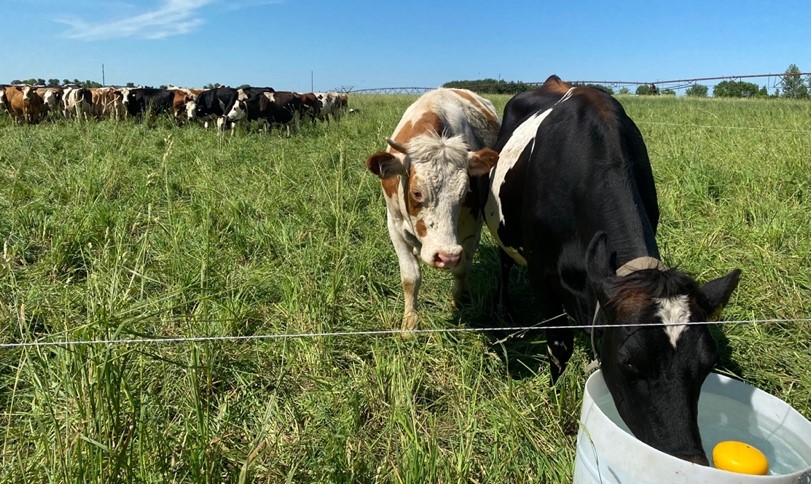
We were stumped. When I heard Dr. Allen Williams speak about how most pastures don't get enough rest, and that rest periods should be 60-plus days in our area, I was pretty skeptical. I assumed that I would end up with lignified and mature pasture with too-low protein and way too much fiber. Also, I was convinced I would lose production because I wouldn't be making as many grazing passes per year. But I gave it a try and was pleasantly surprised by how well it worked.
We aren't losing our forage diversity anymore, and we're gaining more diversity every year! Our seedings of 15 species have blossomed to well over 60 species and we’re growing that number every year. With such a wide array of plants available to the livestock, they are much better able to balance their own needs, making our job much easier, more enjoyable and more profitable. When we provide a longer rest period we are allowing the established plants to fully express themselves, giving new, young plants the ability to firmly establish themselves. If you're grazing every 21 days routinely, that just isn't happening.
A seed is dropped during a grazing event, and let's say it takes six days to germinate. It gets eight inches of growth in 15 days and you're grazing that sward again. That tender new seedling will be one of the first things livestock will target and the new plant will be ripped from the ground or seriously setback. You wouldn’t graze or hay a newly seeded field at that delicate stage, so we probably shouldn’t be routinely grazing our paddocks that frequently either, and putting our young plants at risk. This is especially true with native plants as most of them are very sensitive during the establishment stage.
My worries about production in both pasture productivity and milk production were also unfounded. Today, we are making more pounds of milk, and more importantly, more pounds of components per acre. I attribute the gains we've seen to the increased diversity that has allowed the cows to have more options in the sward. The longer rest allows them to select from plants at various stages of maturity, to balance rumen health needs and supply a wide array of phytochemicals, tannins, etc. from the apothecary at their feet, provided by the diversity of forbs, grasses and legumes.
4. Considerations and Conclusion
We are now several years down the regenerative path and enjoying ourselves way too much to quit. Rather than worry about a calving cow or whether the TMR tractor will start, we are free to pursue other passions and dream of ways to add more diversity and complexity to our farm. Dairy farms are notorious for being bovine monocultures. Maybe an addition of a few beehives is in order, or possibly some holiday turkeys? The possibilities are only limited to our imagination and context.
We used to think we had to squeeze a living out of the land and battle our way through every day. The only question now is, how far will we allow the journey to take us?
